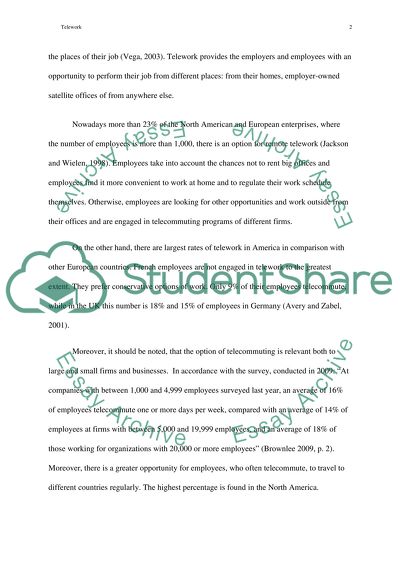Cite this document
(“Telework Term Paper Example | Topics and Well Written Essays - 2500 words”, n.d.)
Retrieved from https://studentshare.org/macro-microeconomics/1394067-telework
Retrieved from https://studentshare.org/macro-microeconomics/1394067-telework
(Telework Term Paper Example | Topics and Well Written Essays - 2500 Words)
https://studentshare.org/macro-microeconomics/1394067-telework.
https://studentshare.org/macro-microeconomics/1394067-telework.
“Telework Term Paper Example | Topics and Well Written Essays - 2500 Words”, n.d. https://studentshare.org/macro-microeconomics/1394067-telework.


